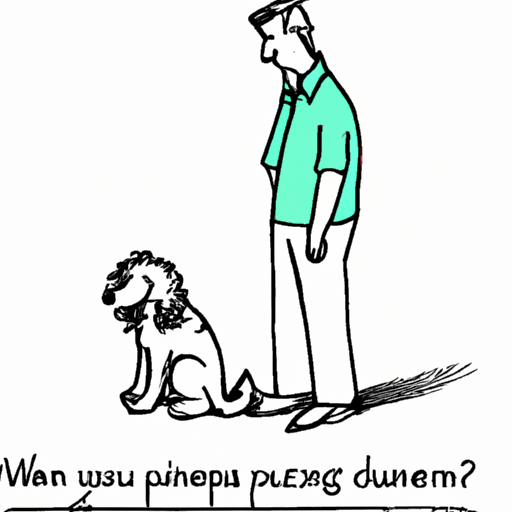1. Introduction
As a caregiver, you’re no stranger to picking up on the subtle changes in your dog’s behavior. One of the things you may have noticed is your dog’s tail position. If you’ve been asking yourself, “Why is my dog’s tail down?” you’re not alone. The tail is an important communication tool for dogs, and it’s essential to understand what they’re trying to convey.
2. Common Reasons for a Downward Tail
Your dog’s tail can be down for a variety of reasons:
- Fear or Anxiety: Dogs often tuck their tails between their legs when they’re scared or anxious. If there are loud noises, strangers, or new environments, your dog might be feeling uneasy.
- Health Issues: Sometimes, a lowered tail can be a sign of a health concern. This could include anything from digestive issues to a physical injury.
- Submission: Dogs lower their tails when they’re submitting to a more dominant dog. If your dog is interacting with another, they might lower their tail as a sign of respect.
“The language of the tail is a language of emotional responses.” – Stanley Coren, dog behavior expert
Here’s a table summarizing the different reasons:
| Reason | Description |
|---|---|
| Fear or Anxiety | Reaction to loud noises, strangers, or new environments |
| Health Issues | Can be a sign of digestive issues or physical injury |
| Submission | A sign of respect towards a more dominant dog |
3. When to Seek Vet Assistance
Your dog’s tail can tell you a lot about their overall health. If your dog’s tail is down consistently, it might be time to consult a vet. Here are some signs to look out for:
- Persistent tail tucking over several days
- Signs of physical discomfort like whining or yelping
- Changes in eating or drinking habits
- Unusual aggression or behavioral changes
4. How to Help Your Dog
You can do several things to help your dog if their tail is down:
- Understand Their Fear: Try to remove any stressors that could be causing fear or anxiety.
- Provide Comfort: Show them some extra love and attention. This can help them feel more secure.
- Consult a Vet: If you suspect a medical issue, don’t hesitate to seek professional help.
5. FAQs
Q: Can a dog’s tail position indicate their mood?
A: Yes, a dog’s tail position can provide insight into their emotional state.
Q: How can I tell if my dog is in pain?
A: A consistently lowered tail, changes in behavior, and physical signs like whining could be indications of pain.
Q: Should I take my dog to the vet if their tail is down?
A: If your dog’s tail is consistently down and it’s accompanied by other worrying symptoms, you should consult a vet.
Remember, you know your dog best. Trust your instincts when it comes to their health and wellbeing. If something doesn’t feel right, it’s always best to seek professional advice.



